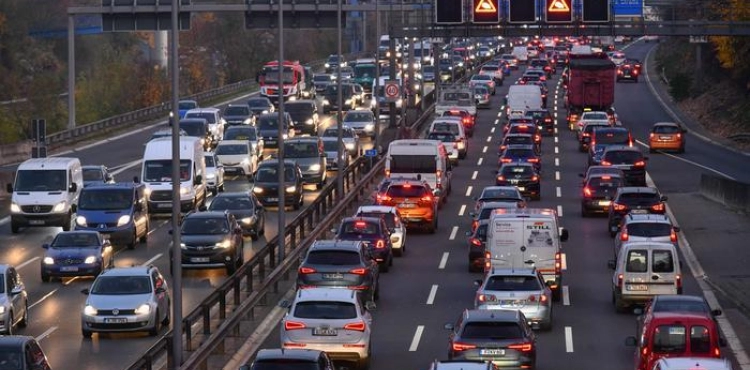A new study by the prestigious American Massachusetts Institute of Technology (MIT) confirmed that applications of smart transportation services such as Uber and Lyft have become part of the problem of traffic congestion and not the solution to it as it was supposed to.
According to the study, these applications led to an increase in traffic congestion on the roads and increase in its density, and their impact was very limited on private passenger car ownership rates.
According to the CNET website, which specializes in technology issues, the MIT study targeted smart services that entered the market on the basis of the participation of a large number of people in the use of one car and the reduction of the number of private cars on the roads, according to a small group of factors.
The study included an indicator of travel time, traffic jams hours, public transport passengers per month, and the average number of vehicles owned by a family.
The study examined these data according to two models, one of which is a test of the effect of Uber and Lyft on an urban area through a dummy variable coefficient from a public transport company. As for the second model, it monitored the development of the effects of Uber and a joint fiber, in an interactive way, as they are the two best companies in their field. The study was based on the number of years after the company entered the city as an indicator of its market penetration.
According to the study, traffic congestion has increased in the urban area since Uber and Lyft entered service by 0.9%, and traffic congestion periods have increased by 4.5%. At the same time, people´s reliance on mass public transportation decreased, as the rate of riding these means decreased by 8.9%. Meanwhile, the private car ownership rate in these areas has decreased by only 1% since the start of Uber and Lyft services.
The study concluded that Uber and Lyft had no effect on the number of private cars on US roads. Instead, the two companies became another option as a means of transportation or an alternative to mass public transport.












